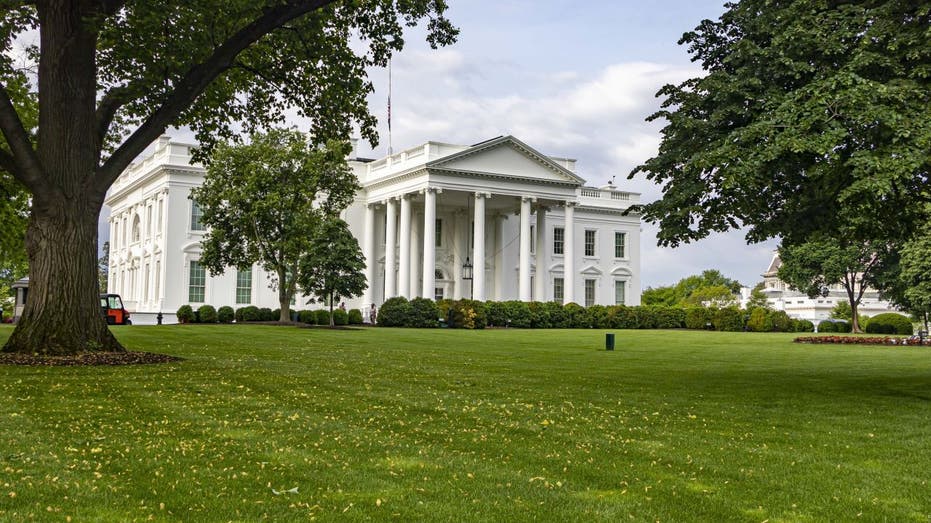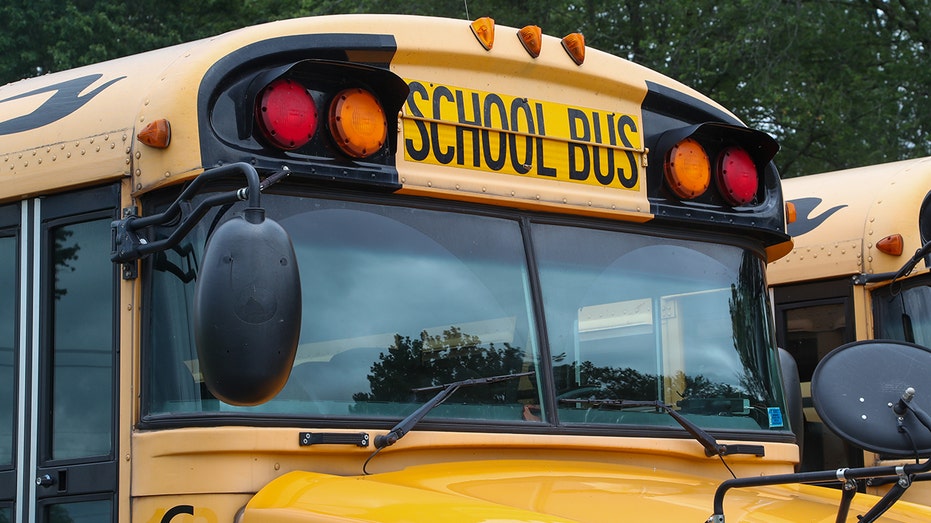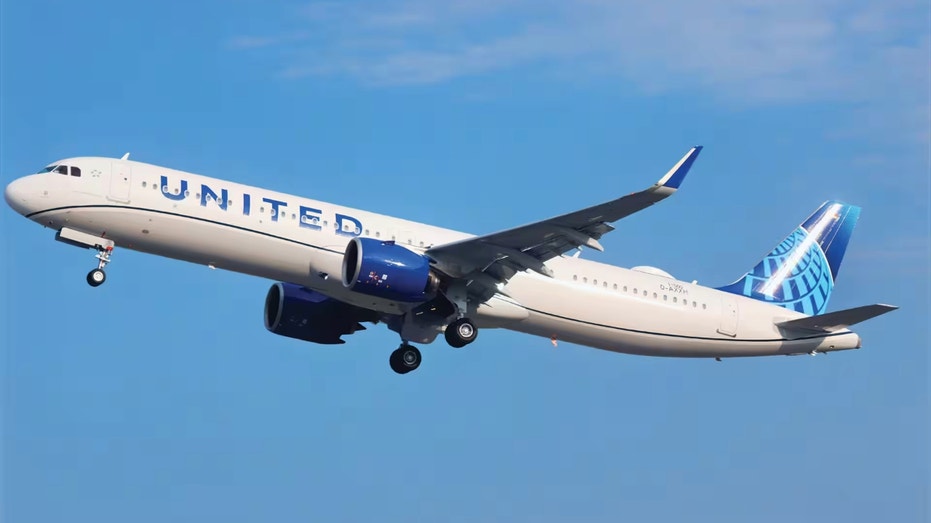Peter Diamandis, XPRIZE Foundation founder and executive chairman, discusses the pros and cons of AI on ‘The Claman Countdown.’
The White House released a report Thursday that found roughly 10% of the U.S. workforce is in occupations with a high degree of exposure to artificial intelligence (AI) with lower performance requirements that could leave them more vulnerable to displacement.
According to the report, 20% of American workers are in occupations that have a high level of exposure to AI. About half of them — or 10% of the U.S. workforce — are not only highly exposed to AI but have relatively low performance requirements that could result in their displacement due to AI-powered automation.
Those findings were included in the Biden administration’s annual Economic Report of the President prepared by the Council of Economic Advisers and featured a full chapter on AI and its economic impact, some of which focused on AI’s impact on the labor force.
“The findings … suggest that AI may be a skill-biased technology, increasing relative demand for workers with high levels of education in high-earning occupations. They also suggest that AI could exacerbate aggregate income inequality if it substitutes for employment in lower-wage jobs and complements higher-wage jobs,” the economists wrote.
AI INFILTRATES WORKPLACE: HOW EVERYTHING FROM HIRING PROCESS TO STAFFING DEMANDS CHANGED THIS YEAR

A report from the White House found 20% of American workers have a high level of exposure to AI, with 10% in roles with lower performance standards. (Nicolas Economou/NurPhoto via Getty Images / Getty Images)
“However, such an interpretation of the evidence presented here should be made cautiously. As the historical analysis given earlier in the chapter demonstrates, supply-and-demand forces both play a role in determining patterns of wages and employment,” the report added. “Nonetheless, the possibility of increased inequality resulting from AI adoption may inform policy responses.”
The report’s findings suggest “the demographic characteristics of workers negatively affected by AI may be somewhat different from those of individuals simply exposed to AI,” according to the report.
ARTIFICIAL INTELLIGENCE IS BIG, BUT ARE COMPANIES HIRING FOR AI ROLES TOO FAST?

The report said bus drivers’ roles will likely remain even if AI allows the automation of school buses as an example of how jobs aren’t fully displaced by AI. (Paul Weaver/SOPA Images/LightRocket via Getty Images / Getty Images)
“For example, many high school graduates lacking four-year degrees have jobs that are highly AI exposed and that have relatively low performance requirements. A similar fraction of college graduates are exposed to AI, but their performance requirements are higher on average, and so they may be at less risk of displacement,” the report said.
The analysis found small differences between the exposure of men and women in the workforce to AI. Nineteen percent of men had high exposure to AI with 9% also in roles with low performance requirements, while those figures were 20% and 12% for women, respectively.
WHAT IS ARTIFICIAL INTELLIGENCE (AI)?

The report cited autopilot functions on airliners as an example of how automation doesn’t negate the need for humans in certain roles. (Boeing / Fox News)
“More generally, the economic and demographic breakdowns … suggest possible effects, but they simplify a complex reality,” the report said. For example, it pointed to the 10% of workers with high AI exposure and low performance requirements and explained that the findings don’t imply that those workers “will inevitably lose their jobs” but rather that AI may change the way they perform their job or a related role.
“Most jobs remain a collection of tasks of which only a portion can be automated. AI may allow humans to focus on other tasks, fundamentally changing their jobs without reducing the use of their labor,” the economists wrote.
GET FOX BUSINESS ON THE GO BY CLICKING HERE
“For example, if AI eventually allows school buses to drive themselves, children may still need someone on the bus to watch them, ensure they behave and ensure they enter and exit safely. In other words, AI-led automation might fundamentally change the school bus driver’s job, but it is unlikely to eliminate the job. Similarly, airplanes still have pilots, despite autopilot systems having automated some of their tasks for more than a century.”



